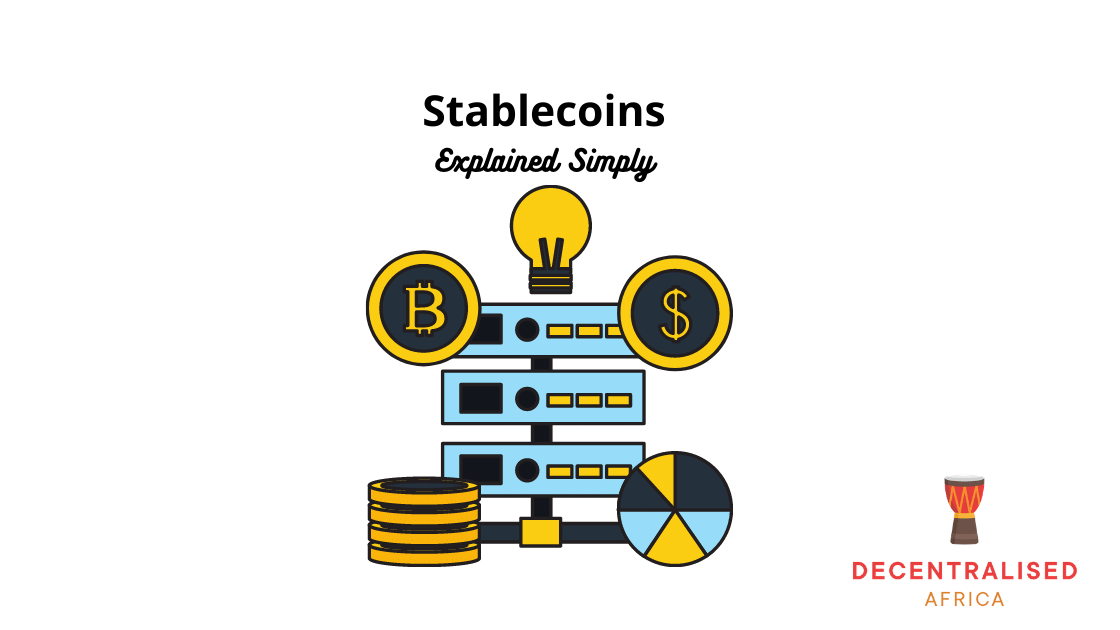
Over the last few years, the world has witnessed a rise in the number of stablecoins. Now available are the likes of DAI, TUSD, and USDC, which are all worthy competitors to USDT. The launch of Facebook’s cryptocurrency, Libra, is expected any time soon, proving the increase in mainstream adoption of stablecoins
Stablecoins provide their holders with special features, functions and protections that wouldn’t have been available to them if they would rather hold the underlying fiat currency or assets backing the stablecoins.
Key Points
- Stablecoins are not as volatile as cryptocurrencies.
- Stablecoins are subject to inflation, so using them for long term wealth storage is discouraged.
- With Stablecoins, international transactions are fast and less expensive.
- For the storage of significant wealth, 2 or 3 stablecoins should be used instead of one.
The Benefits of Stablecoins
A stablecoin that’s pegged to the USD comes with added benefits compared to the USD itself. For instance, to transfer USD electronically, the process is lengthy, expensive, and outmoded. International transfers often take between a few days to a week to complete.
On top of that, cryptocurrency exchange operators are exposed to more risks when dealing with fiat currency because of anti-money laundering (AML) laws; their bank accounts are at risk of being frozen and they may face prosecution in some cases. Fiat-backed stablecoins are better choices for such exchange operators because they are less complicated.
End-users can also tap into the advantages of stablecoins. Users can easily move the Stablecoin around much faster and at lower fees. They can also take custody of their funds, a value proposition that fiat currencies do not offer.
Stablecoins and Inflation
Stablecoins pegged to a fiat currency or plenty of fiat currencies have one major disadvantage, their value will eventually drop. They can enjoy relative stability for a short period, but in the long run, their value will experience a significant and steady decline. This is simply mirroring the behavior of fiat currencies, which experience value decline as a result of inflation.
For this reason, stablecoins are not considered ideal for the storage of wealth for a lengthy period, as their value is bound to fall. In this case, stablecoins are most beneficial when they are used for short term wealth storage.
When to use Stablecoins
It is up to the investor to decide whether to hold a stablecoin, and for how long, or to go directly for the underlying fiat currency. The following are situations where a stablecoin is a better option to store wealth instead of the underlying fiat:
Banking limitations and jurisdictional restrictions: If you want to hold or withdraw USD but are unable to because of reasons such as your exchange doesn’t support it or you have no bank account, it is advisable to go for a USD-pegged stablecoin.
You don’t require a supervisor: If you are concerned about being denied access to your funds or you’re worried about them getting frozen in the future by the custodian, stablecoins will help you gain custody over your funds.
Immutability: Stablecoins are the way to go if you’re worried that your transactions may be reversed due to fraud or other related problems.
Privacy: You want to keep your wealth or assets hidden for any reason – stablecoins are an option.
Philosophical/political reasons: Perhaps you don’t trust banks and want little or nothing to do with them, stablecoins make a good alternative.
When to avoid Stablecoins
Investment: Stablecoins are not known to be a good source of impressive ROI unless you stake them on DeFi platforms such as Nexo and earn interest.
Long term wealth storage: The value of Stablecoins is affected by inflation. Therefore, storing them for a long time exposes them to inflation, which leads to a decline in value.
When there’s another option: If the traditional financial system and fiat money can easily accomplish what you want, then stablecoins should be avoided, as they present more risks without matching benefits.
Conclusion
It’s never a good idea to store all your wealth in one asset. Every investment out there is risky, although the magnitude of risk is variable. If you must store a huge percentage of your wealth in stablecoins, utilize two or three different stablecoins instead of only one.







